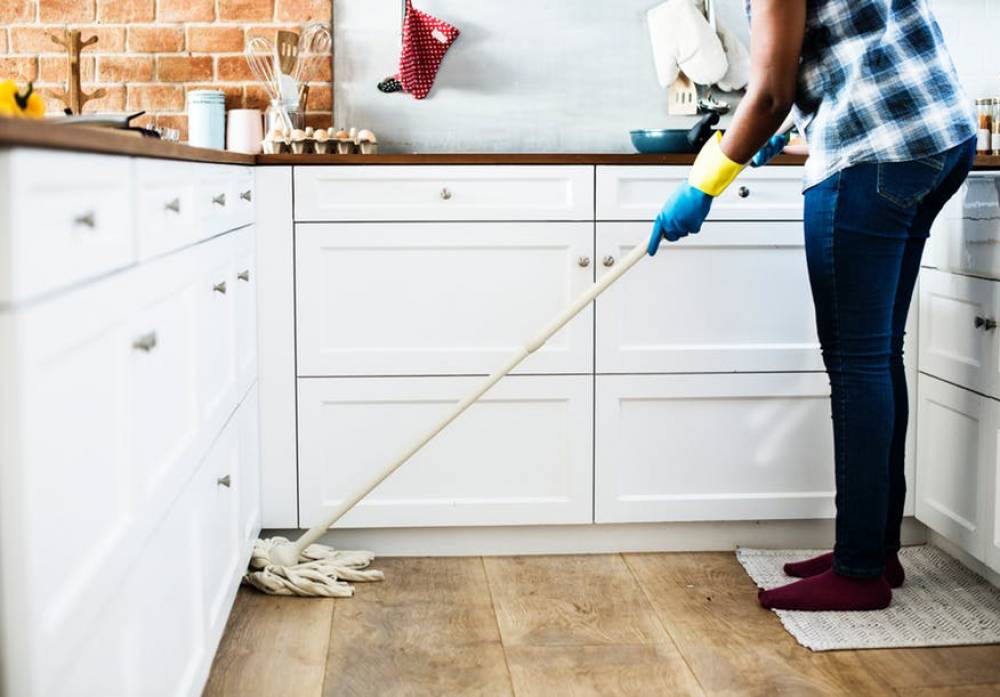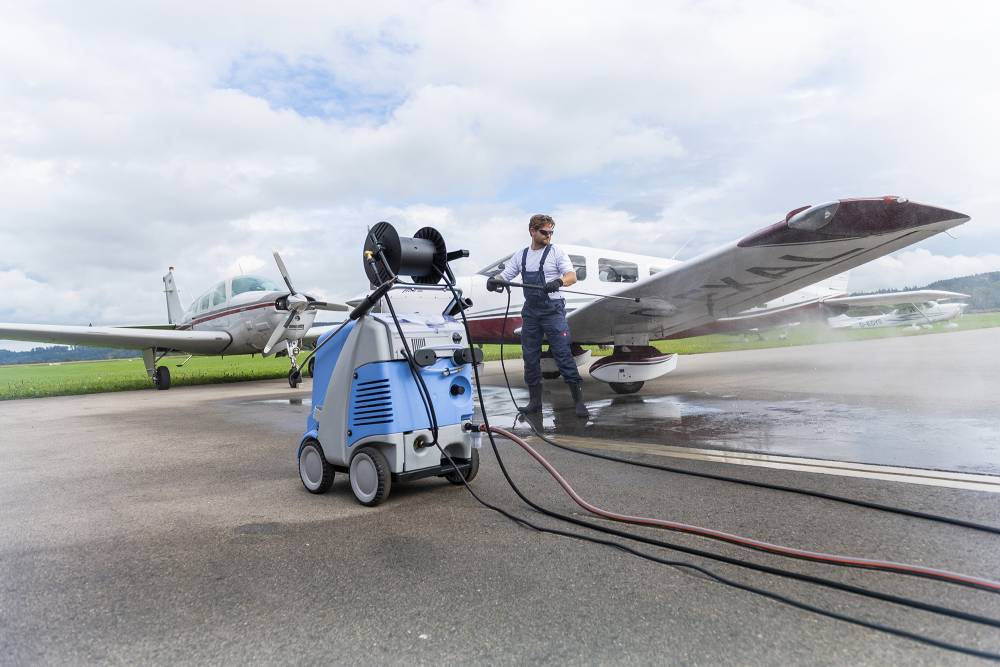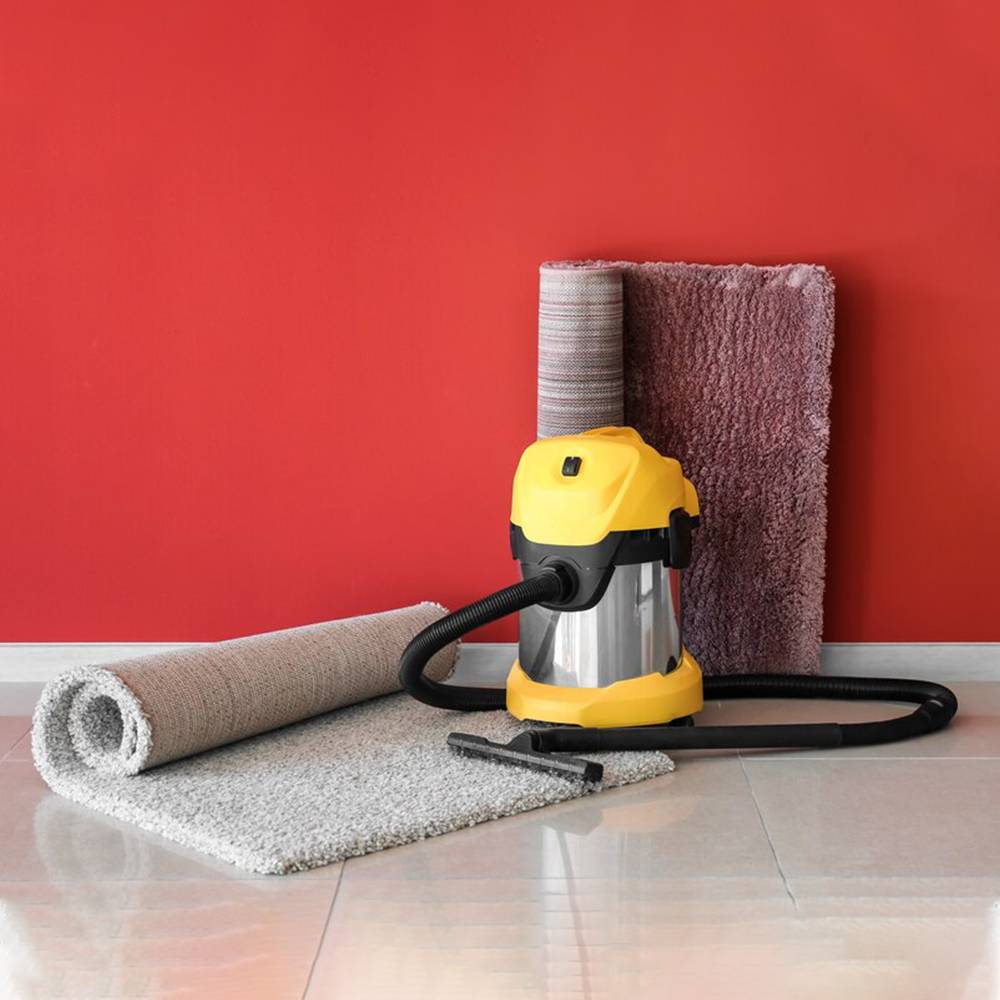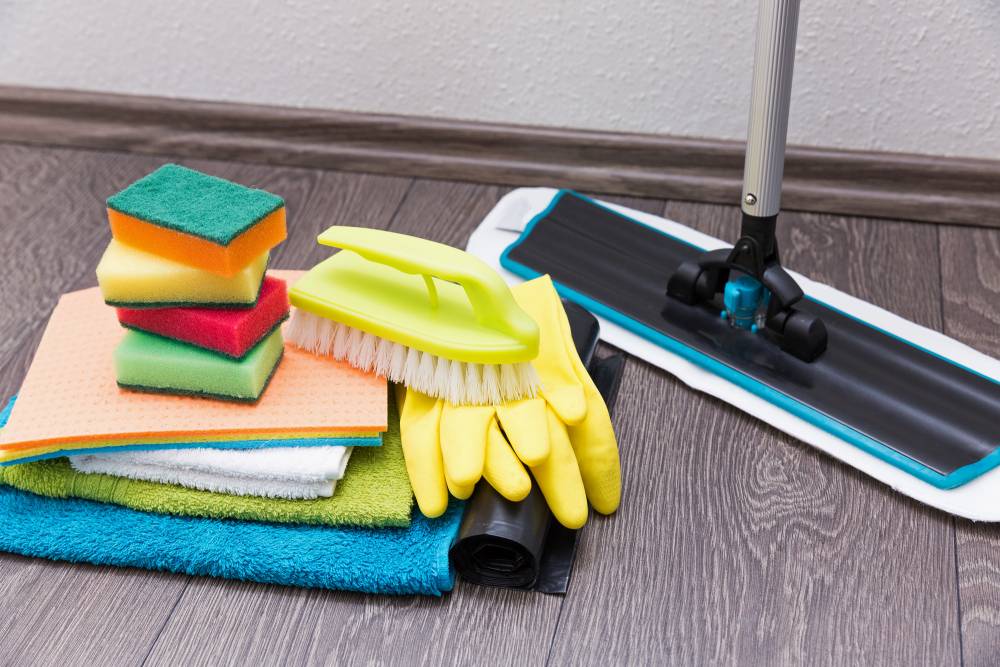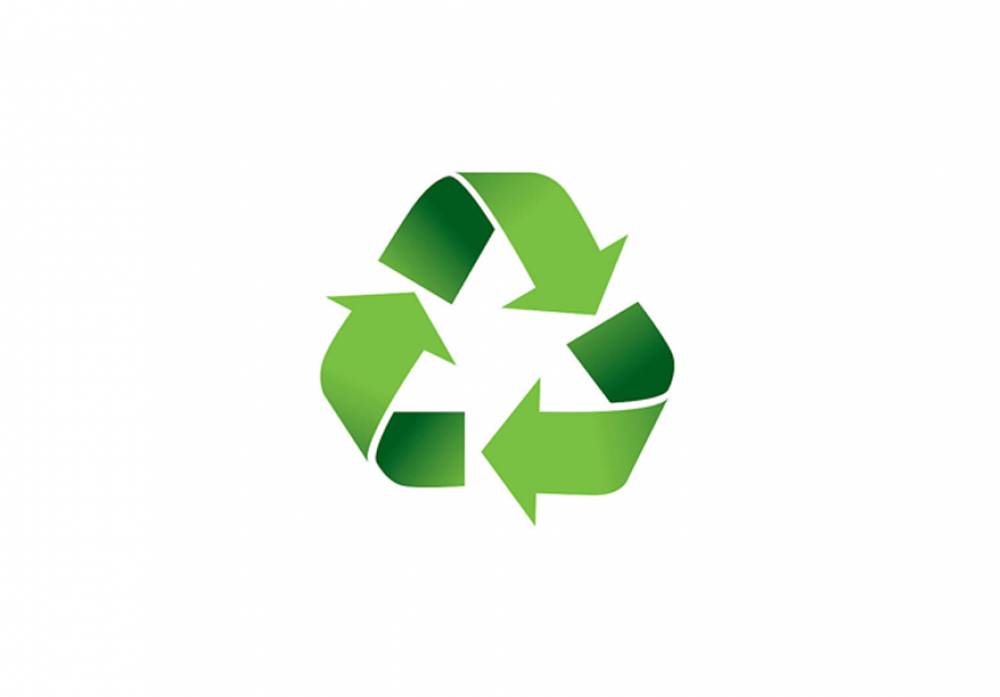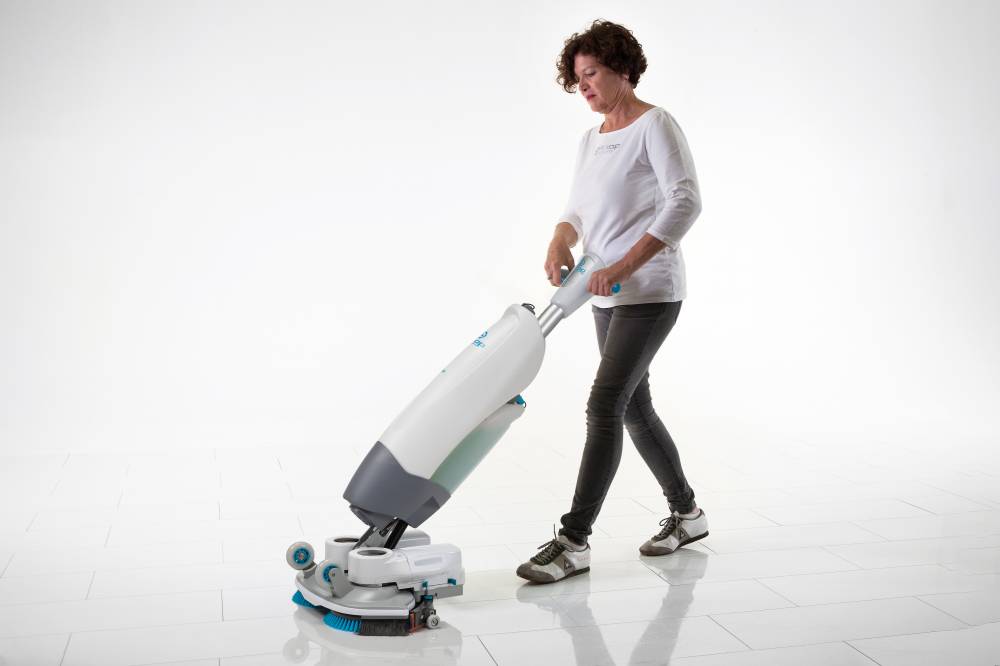The Harmful Bacteria That's Mopping Your Floors: How to Mop Without Creating a Risky Health Hazard
Mopping is a chore almost always reserved for the bottom of the to-do list. It's an activity few enjoy doing because it often feels messy and cumbersome.
There's a good chance if you're reading this then your floors are a bit neglected, yeah? We thought so. Well, popping isn't so bad when you know how to mop.
Bad mopping techniques spread harmful bacteria around the area. You'll create a bigger mess, turning the dreadful chore into several more. Let's go through the steps to make sure you're mopping floors the right way.
1. Sweep, Dust, or Vacuum the Area First
Begin by cleaning the area of debris, particles, and grime. Sweep or vacuum the area to remove most of the dirtiness. Then, run a dust mop or microfiber mop in the hard-to-reach spots to collect the rest.
The clean-up makes it so you're not pushing dirt and debris around when mopping. It also gives you a moment to prepare the area, removing clutter and any items that are in the way.
2. Gather Your Cleaning Supplies
You'll need a few essentials:
- Mop
- Bucket
- Detergent
String mops are your best bet for most floors since they're durable and cover a wide area. Though, opt for sponge or microfiber mops if you have delicate floorings like hardwood or laminate.
Your choice of detergent matters, too.
Consider your floor types when picking a cleaning solution. Select a cleaning solution that's gentle but effective. Else, talk with cleaning pros, asking for their suggestions, when buying the solutions.
Get a large bucket with a tough, built-in wringer. For larger areas, you'll want a bucket featuring wheels and a handle to move it around with ease.
3. How to Mop (Step-By-Step)
The worst mopping technique is pushing the mop around without direction. This is what most do, spreading dirty water and bacteria around. So, let's teach you a few of the proper ways to mop now that you have the area and supplies ready.
- Get It Wet -- Dunk the mop head into your bucket and cleaning solution. Then, wring it out to remove excess water but keeping it wet enough.
- Do Figure 8's -- Use swiping motions to cover the floor space. Spin the mop head as you reach the end of the arch, making Figure 8 motions.
- Put in Elbow Grease -- Clean touch spots with the area where the mop head and handle meet. Or, use your toes and step down to put extra force onto the area to get tough grime up.
Wring out the mop often -- before the water on the floor turns grimy -- to avoid spreading it. Start with the hard-to-reach areas if needed when you're at full energy. Also, move from the back of the space toward the entrance so you're not stuck walking across wet floors.
Be mindful of others in the vicinity, too, by telling others to be careful around the area. Or, place a caution sign so you can leave to work on other items.
Last, dispose of the dirty water and cleaner. Clean your mop and bucket. Then store everything in a cool, dry space between cleanings.
Mop Often, Mop Well
Congrats! You now know how to mop without spreading dirt and bacteria. You, your family, or the workspace will appreciate your cleanliness and efforts.
Now you're thinking, "how often should I mop?".
Well, mop as often as you can since those floors can and will get dirty! And when you need supplies to do the job -- think of AKC.
We carry everything you need for effective cleanliness management. Have a look at our complete catalog and order your supplies, today!

